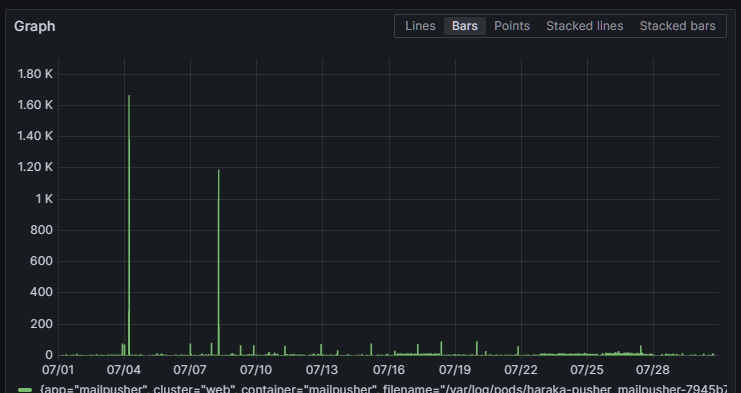

That’s a good point. Mind that in most production environments you’d be firewalled rather hard (especailly when it comes to logs processing which oftentimes ends up having PII). I wouldn’t trust any service that tries to use DoT or DoH in there that I couldn’t snoop on. Many deployments nowadays allow you to “punch” firewall holes based on the outgoing dns requests to an allowlisted domain, so chances are you actually want to use the glibc resolver and not try to be fancy.
That said, smaller images are always good in my book!

I have a dedicated vm for things that are crucial to the home network, either latency-critical or network related.
That’d be my dns resolver (I enforce it over VLANs by hijacking anyone trying to do DNS to other resolvers, like random IoT devices), homebridge for less important home automaton and my own matter controller for most important home automaton (controlling the lights).
My router of choice is RouterOS in another VM. I tried opnsense, pfsense, vyatta, and a bunch of others (even a containerized Cisco route), and I settled on ROS, because it was the only one who could do IPv6 properly (apart from Cisco, but that has other issues).
For the less important things I run them on k8s and really, there are only two bits worth mentioning as essential: ArgoCD and nixhelm. Together, they provide effortless and mostly automated software updates with very easy rollbacks. I don’t have to go and manually update every single bit of software and that saves huge amounts of time.